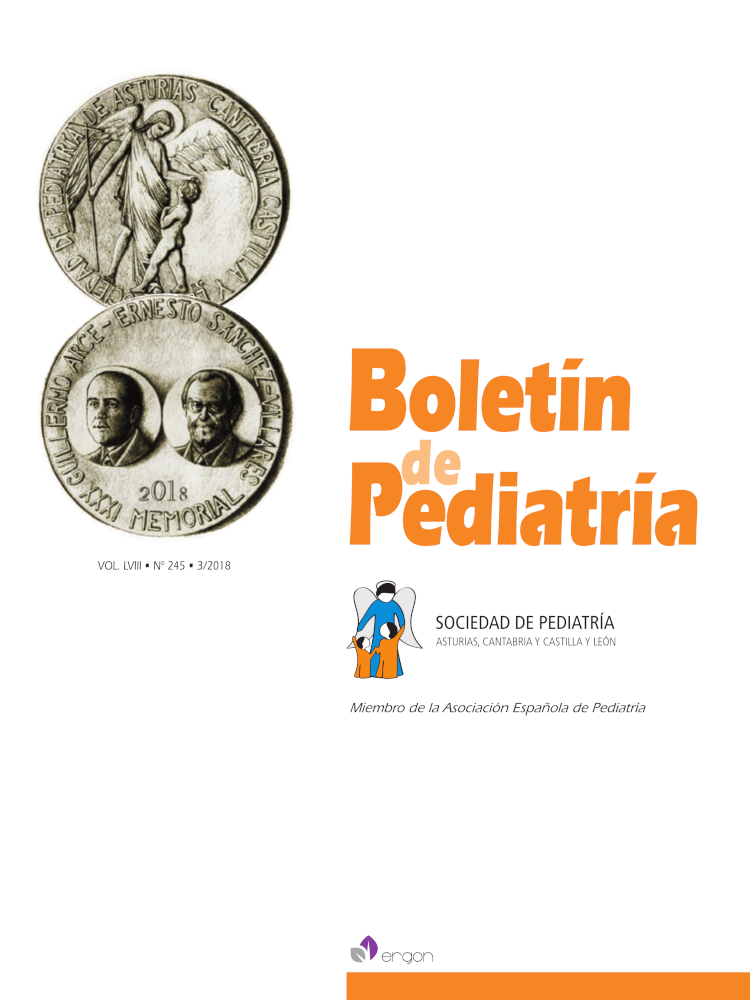Abstract
Juvenile idiopathic arthritis (JIA) is the most frequent rheumatic disease in children. It is formed by 7 subtypes of chronic arthritis of unknown etiology that debut in < 16 years (oligoarthritis, polyarthritis with positive rheumatoid factor, polyarthritis with negative rheumatoid factor, systemic, enthesitis related arthritis, psoriatic arthritis and undifferentiated arthritis). The subtypes are produced by an activation of the innate immune system (systemic form) or of the adaptative immune system (rest of subtypes). Although arthritis is always present, other clinical manifestations can be associated, being the most frequent chronic anterior uveitis. The diagnosis of the disease is clinical and excludes other causes of arthritis in childhood, although it can be supported by imaging tests. Laboratory tests are only useful to detect inflammation (increase of acute phase reactants) and to classify subtypes of the disease (antinuclear antibodies, rheumatoid factor and HLA-B27). Its treatment must be individualized and is based on corticoid joint infiltrations, early use of disease modifying drugs (methotrexate) and biological drugs (mainly anti-TNF and cytokine blockers).

This work is licensed under a Creative Commons Attribution-NonCommercial 4.0 International License.
Copyright (c) 2018 Boletín de Pediatría
